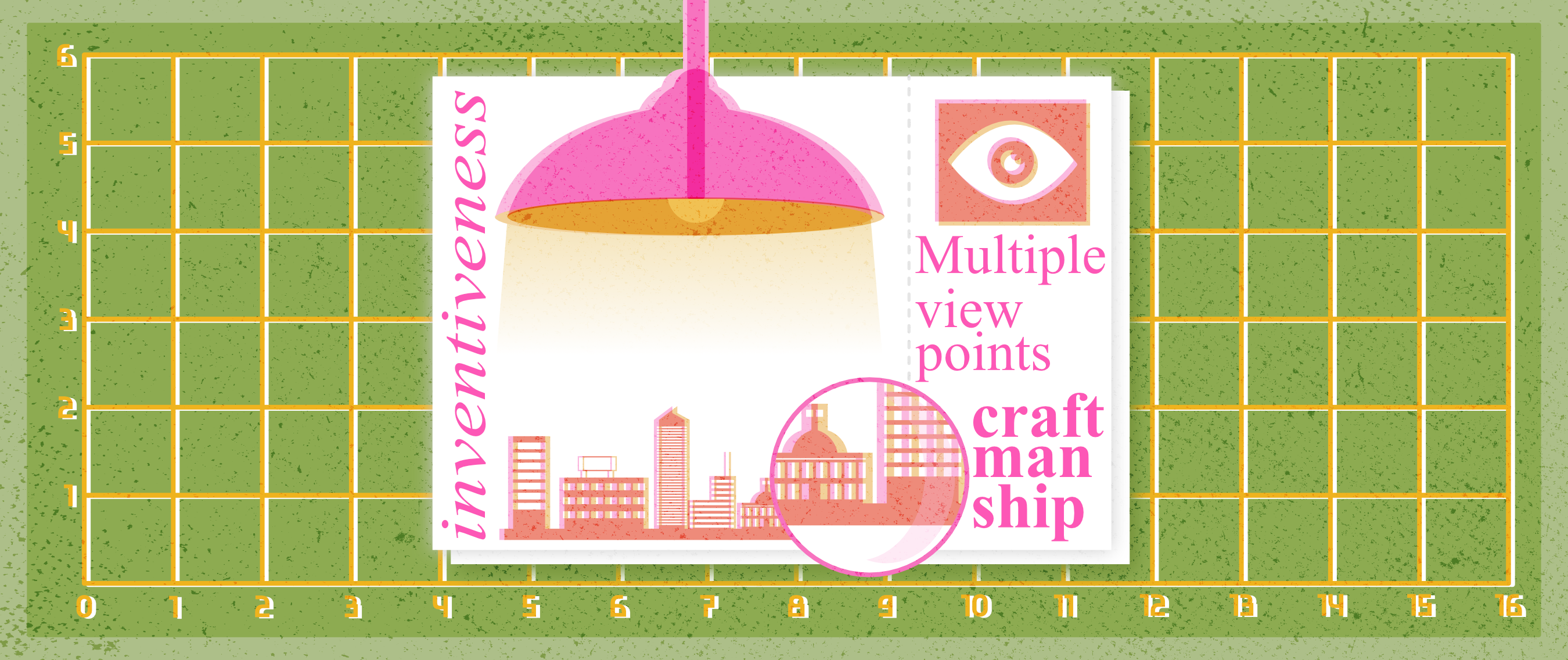One of the more exciting aspects behind conceptualizing Tarde has been the flush of starting something from scratch and, precisely, the processes of planning, designing, and crafting a set of multimodal ethnographic artifacts.
It has been a couple of months full of ideas, printing experiments, inks, papers, formats, narratives, shapes, plans, and a lot of uncertainty. Yes, uncertainty, has played a crucial and positive role along with this journey.
Methodologically, uncertainty has been used not as a sort of worry regarding the future, but as a resource to keep things moving. Uncertainty is a resource to always keep us alert, creating, imagining, and experimenting.
Precisely, regarding that last action, experimenting has been carried out at two different but interconnected levels. First, there is this meta-one concerning the ethnographic strategies to explore and represent those often discarded situations happening in the streets.
In that case, it implies a performative work based on situating and constantly moving oneself, from a partial perspective to another partial perspective [1], watching, listening, feeling, and walking to grasp and stabilize those minimal and taken-for-granted elements and entanglements composing the urban.
Second, there is a transdisciplinary scenario to experiment with. This is a space where ethnography meets design, data analysis and visualization, journalism, and multimodal and crafting techniques. It is about mixing and being contaminated by methods, perspectives, and techniques.
This level works around a particular case: the topic of each issue. Each number of Tarde has a research-design-crafting particularity tied to its content that needs to be planned and executed using different media, guaranteeing not only a thematic coherence through the usage of all kinds of resources but also the implementation of other ways to tell ethnographic stories.
And it is in that moment when, operatively, uncertainty becomes a main source of inspiration. Although turning ethnographic fieldwork into a (printed and digital) multimodal product requires solid methodical planning before, during, and after fieldwork, it does not mean that there is not a huge room for experimenting out there.
Mixing ethnography and design, for example, one can find a tremendous amount of tools to enhance our ethnographic practice. The selection of a font, a color, the usage of a grid, the inclusion of an illustration, a video, a photo gallery, or an infographic can make a huge difference in how knowledge is communicated but also produced.
Planning a product like Tarde should be understood as a continuous process of invention. This project is based on the idea of learning by doing, essaying, and experimenting. It has strong pedagogical potential as a site where different disciplines, methods, and formats meet. However, this aspect will be discussed in a further entry.
References
[1] Haraway, D. (1988). Situated Knowledges: The Science Question in Feminism and the Privilege of Partial Perspective. Feminist Studies, 14(10). https://doi.org/10.2307/3178066

